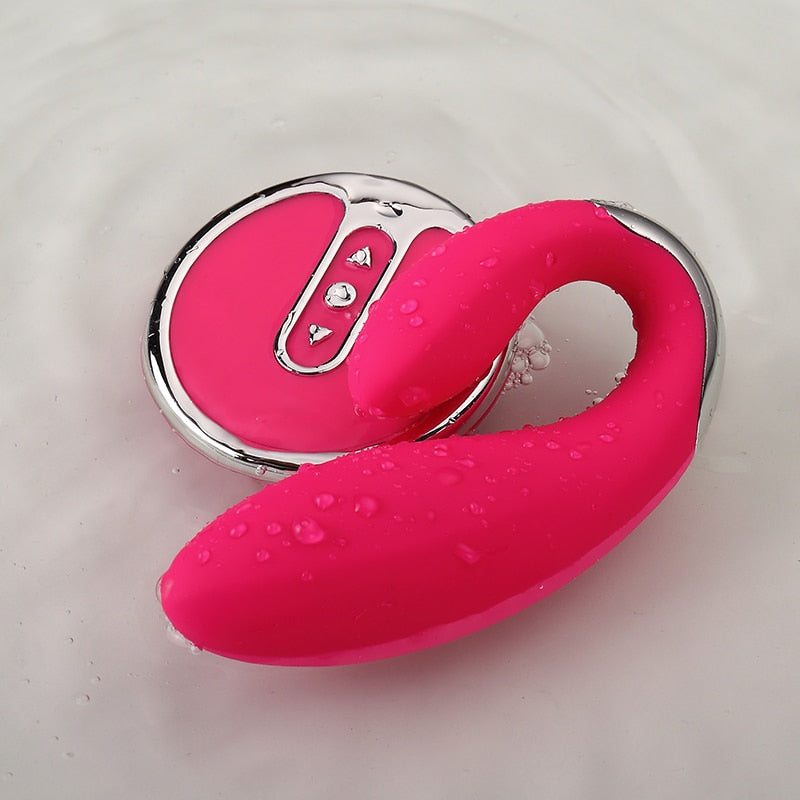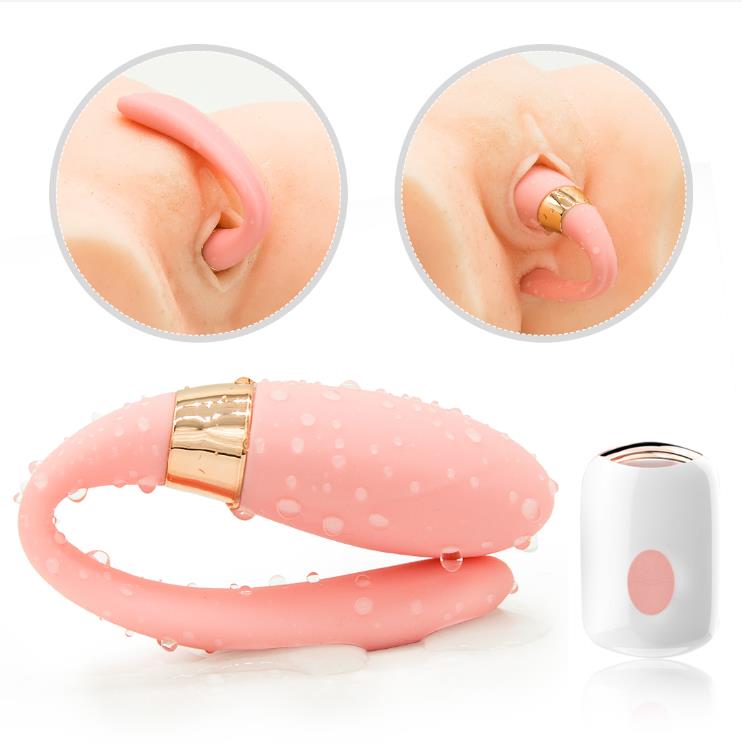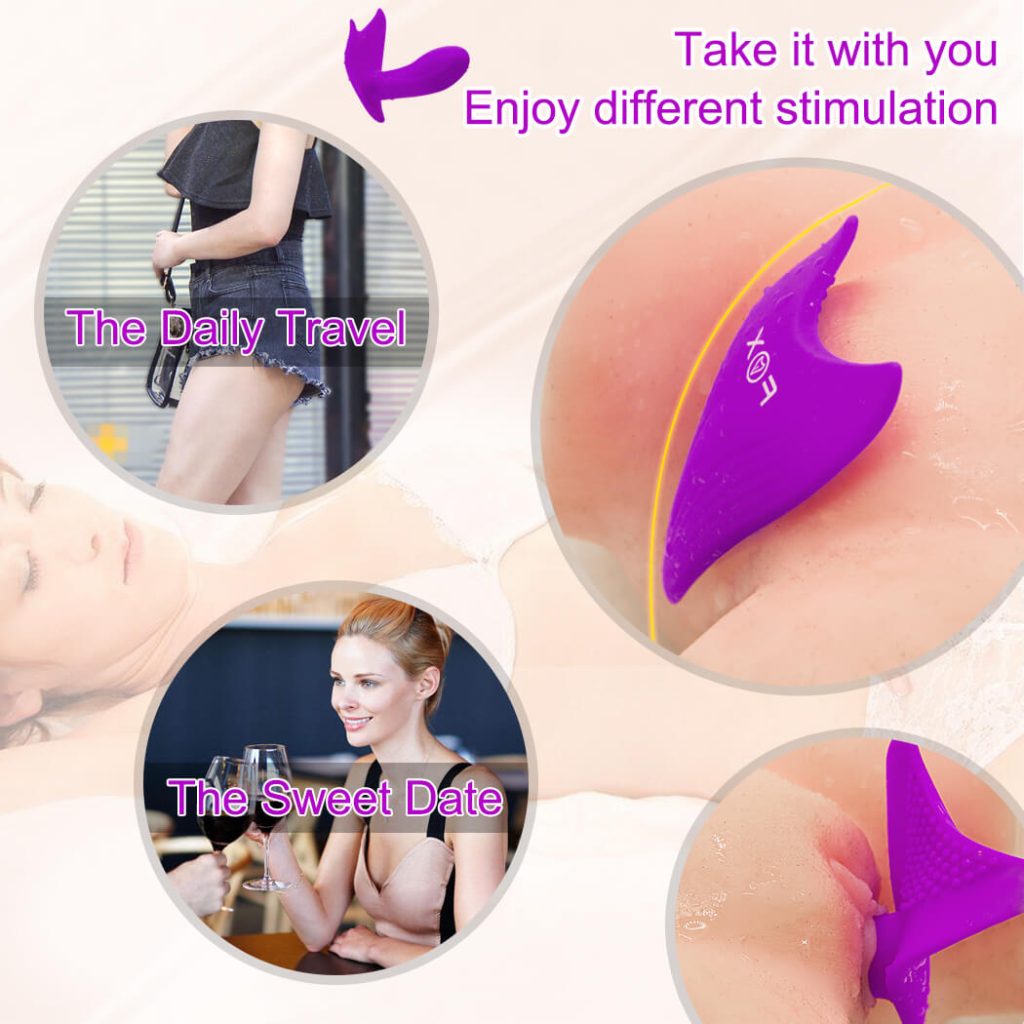Don't miss our holiday offer - up to 50% OFF!
Exploring Female Ejaculation A Practical Approach to Squirting
In the realm of sexual wellness, squirting—a form of female ejaculation involving the release of fluid during arousal—remains a topic of fascination and misinformation. Far from a myth, this physiological response is rooted in anatomy and neurobiology, accessible to those who understand their bodies and practice mindfully. This guide delves into the science, techniques, and practical steps to explore squirting, offering evidence-based insights for safe, satisfying experiences.
1. Defining Squirting Separating Fact from Fiction
Squirting refers to the expulsion of a clear or milky fluid from the urethra during intense arousal, often accompanied by orgasm. Key facts include:
- Physiological Basis: Linked to the paraurethral glands (Skene’s glands), which secrete fluid similar to prostate fluid in males
- Volume Varies: Ranges from a few drops to several ounces, depending on individual anatomy and stimulation
- Not Urine: Studies show squirted fluid contains prostatic-specific antigen (PSA), distinguishing it from urine (Journal of Sexual Medicine, 2021)
Research indicates that 30–50% of women report squirting at some point, with consistency improving through targeted practice and body awareness.
2. The Anatomy of Squirting Key Physiological Players
Understanding pelvic floor anatomy is critical to unlocking squirting potential:
2.1 Key Structures

| Structure | Role in Squirting |
| G-Spot | A sensitive area on the anterior vaginal wall, adjacent to the urethra |
| Paraurethral Glands | Secrete fluid into the urethra during arousal, source of squirted fluid |
| Urethral Opening | Passage through which fluid is expelled during ejaculation |
| Pelvic Floor Muscles | Control pressure during stimulation, critical for fluid release |
2.2 The Neurobiology of Arousal
- Oxytocin Release: The “bonding hormone” increases during stimulation, enhancing muscle contractions and fluid expulsion
- Autonomic Nervous System: Sympathetic arousal (increased heart rate, blood flow) primes the body for ejaculation
- Sensory Feedback: Nerve endings in the G-spot and urethral area transmit signals to the brain, triggering the reflex
3. Preparing for Exploration Mental and Physical Groundwork
3.1 Mental Readiness
- Relaxation Techniques:
- Deep breathing (4-7-8 method: inhale 4s, hold 7s, exhale 8s) to reduce performance anxiety
- Solo practice in a safe, distraction-free environment to build confidence
- Myth Busting: Accept that squirting is a natural variation, not a “skill” to master—focus on sensation over outcome
3.2 Physical Preparation
- Hydration: Drink water beforehand to ensure fluid production is comfortable (avoid overhydration to prevent urgency)
- Pelvic Floor Warm-Up: Gentle Kegels (contract-relax cycles) to engage pelvic muscles without tension
- Lubrication: Use water-based lube for G-spot stimulation to reduce friction (silicone-based for toy use in water)
4. Core Techniques for Squirting Stimulation and Rhythm

4.1 G-Spot Activation
The G-spot is key to triggering squirting—here’s how to locate and stimulate it:
- Positioning: Lie on your back with knees bent, or sit upright for better access
- Hand Placement: Insert 1–2 fingers into the vagina, palm facing up, and curve fingers toward the navel
- Pressure and Rhythm:
- Apply firm, repetitive pressure to the ridged tissue (1–2 inches from the urethra)
- Use a “come hither” motion, varying speed (start slow, 1–2Hz, increase to 3–4Hz as arousal builds)
4.2 Advanced Stimulation Methods
With Toys
- Curved Vibrators: Models with angled tips (e.g., Rabbit-style) target the G-spot directly (10+ vibration modes for pattern variation)
- Dildos with Bulbous Tips: Apply deep pressure during thrusting motions (6–8 inches in length for optimal reach)
With a Partner
- Communication: Use verbal cues (“firmer,” “slower”) to guide pressure and rhythm
- Dual Stimulation: Combine G-spot pressure with clitoral stimulation (fingers, tongue, or toys) to amplify arousal
5. The Role of Pressure and Posture
5.1 Pressure Management
- Build Gradually: Start with light pressure, increasing as the pelvic floor relaxes
- Coordinate Breathing: Inhale during insertion, exhale during pressure application to sync with muscle contractions
5.2 Effective Positions
| Position | Advantage | Stimulation Focus |
| Reclined | Gravity aids access to the G-spot | Solo exploration, beginners |
| Missionary | Partner can apply targeted pressure | Collaborative stimulation |
| Doggy Style | Deep angle for advanced G-spot targeting | Experienced users, intense pressure |
| Standing | Engages pelvic floor muscles dynamically | Advanced pressure control |
6. Overcoming Challenges Common Hurdles and Solutions
6.1 Difficulty Relaxing
- Solution: Prioritize foreplay (nipple stimulation, massage) to build arousal gradually
- Tool: Use a wand massager on the perineum to relax pelvic muscles before G-spot work
6.2 Confusion Between Urine and Ejaculate
- Test Method: Empty the bladder before stimulation; squirted fluid is typically odorless and slightly sticky (urine is pungent)
- Relaxation: Trust that the urethral sphincter prevents urine release during intentional stimulation
6.3 Inconsistent Results
- Practice Tip: Keep a arousal journal to track what sensations, pressures, or positions trigger stronger responses
- Patience: Consistency improves with time—72% of users report more frequent squirting after 4–6 weeks of regular practice (Sexual Health Research Journal, 2023)
7. Safety and Hygiene Best Practices
7.1 Post-Stimulation Care
- Hydration: Drink water to replace fluids lost during ejaculation
- Cleaning: Wipe the perineal area with a warm cloth (avoid harsh soaps near the urethra)
- Pelvic Rest: Take 15–20 minutes to relax post-session, especially with intense stimulation
7.2 Infection Prevention

- Toy Safety: Always clean sex toys with antibacterial soap and warm water (boil silicone toys for 5 minutes)
- Hand Hygiene: Wash hands thoroughly before stimulation (trim nails to avoid abrasions)
8. Debunking Myths Evidence-Based Clarity
- “Squirting is just urine.”
Fact: Lab analysis shows squirted fluid contains glucose and PSA, absent in urine (Journal of Urology, 2019).
- “Only certain women can do it.”
Myth: Anatomy suggests all women have paraurethral glands—consistent stimulation can unlock the response in most individuals.
- “It requires extreme pressure.”
Reality: Gentle, rhythmic stimulation of the G-spot is more effective than aggressive pressure, which can cause discomfort.
Conclusion Embracing Your Body’s Potential
Squirting is a celebration of sexual diversity and physiological wonder—accessible to those who approach it with curiosity and patience. By understanding your anatomy, practicing mindful stimulation, and prioritizing comfort, you can transform this experience into a tool for self-discovery and enhanced pleasure.
Remember: There is no “right” way to squirt. Focus on the sensations that feel good, communicate openly with partners, and let your body guide you. With time and consistency, you may find that this natural response becomes a rewarding part of your intimate repertoire—unique, empowering, and entirely your own.
